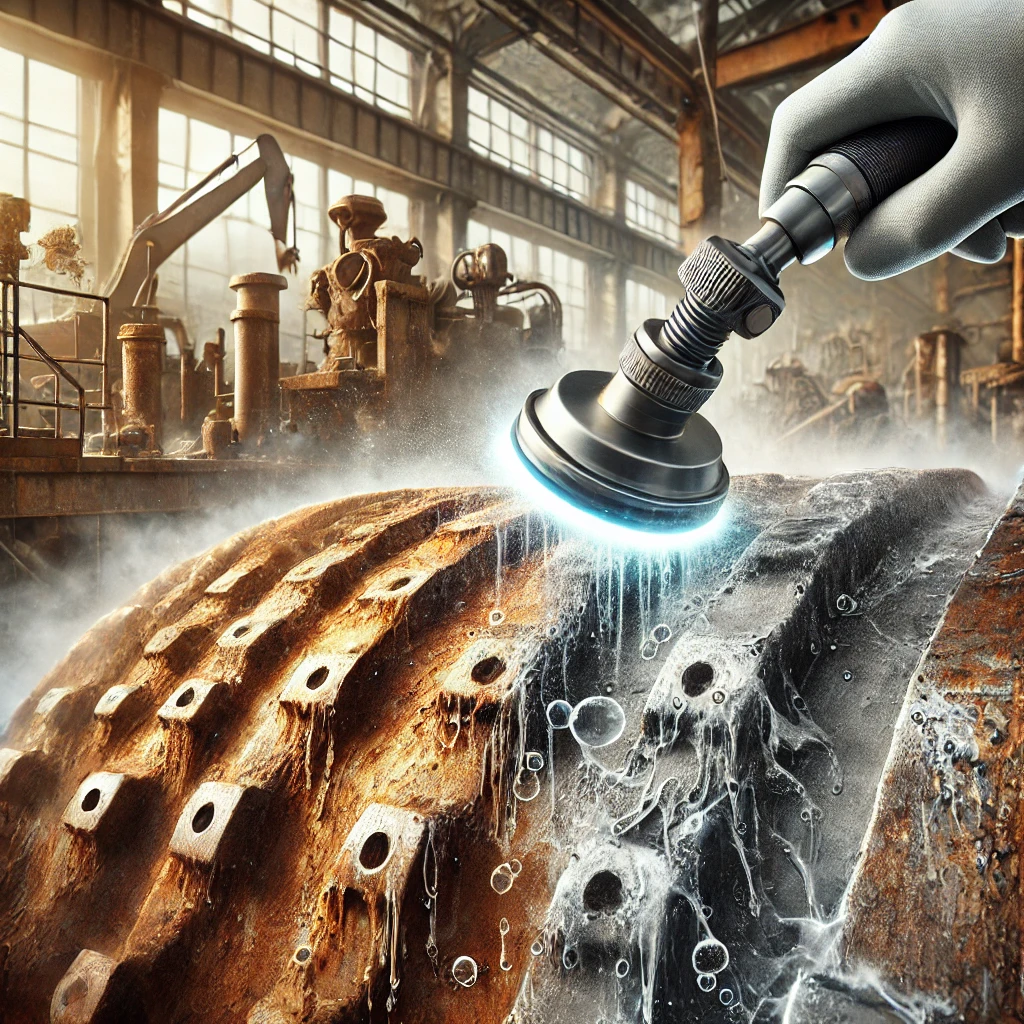Efficient Rust Removal with Oxygen Displacement
Introduction
This oxygen displacement technology (ODT) offers a breakthrough solution for rust removal on iron and iron-based tools and structures. By displacing oxygen molecules responsible for oxidation, this technology restores metal surfaces effectively, preventing further corrosion. It provides an efficient, eco-friendly alternative to traditional rust removal methods, making it ideal for industries focused on construction, manufacturing, automotive repair, and infrastructure maintenance. Companies seeking to enhance their metal restoration processes will find this technology invaluable for improving product longevity and performance.
The Challenge: Rust as a Major Threat to Metal Durability
Rust and corrosion are significant challenges for industries relying on iron-based materials and tools. Traditional rust removal methods often involve harsh chemicals, abrasive treatments, or expensive machinery, which can damage the integrity of metal surfaces or be harmful to the environment. Over time, rust can weaken the structural integrity of buildings, vehicles, machinery, and tools, leading to costly repairs, replacements, or operational downtime. Companies are under increasing pressure to adopt sustainable, effective solutions for rust removal that protect both the metal and the environment.
Advanced Oxygen Displacement for Rust-Free Durability
This oxygen displacement technology eliminates rust without the need for abrasive techniques or harmful chemicals. The method works by displacing oxygen molecules that lead to the oxidation process, effectively stopping and reversing rust formation. This process preserves the structural integrity of the metal, maintaining its strength and appearance without causing additional wear or damage. The technology is adaptable for a variety of applications, from restoring rusted tools and machinery in industrial settings to maintaining the longevity of large iron-based structures like bridges, pipelines, and vehicles.
Key Benefits for Multiple Sectors
For the construction and infrastructure industries, this technology offers an efficient way to maintain structural integrity by removing rust from critical components, extending the lifespan of buildings, bridges, and metal frameworks. Automotive companies can use this technology to restore and protect vehicle components, reducing the cost of rust-related repairs and prolonging the life of metal parts. Manufacturing and industrial sectors will benefit from maintaining rust-free tools and machinery, leading to improved productivity and reduced downtime. Additionally, this technology’s eco-friendly approach supports sustainability goals by eliminating the need for harmful chemicals or intensive mechanical processes.
Investing in a Sustainable Metal Restoration Solution
Licensing this efficient rust removal technology gives your company the opportunity to lead in sustainable, high-performance metal restoration. By offering a solution that effectively removes rust while preserving the integrity of iron-based tools and structures, your business can meet the growing demand for eco-friendly, cost-effective alternatives to traditional rust removal methods. This technology provides a competitive edge in industries that rely on iron and steel, supporting long-term durability, environmental sustainability, and enhanced operational efficiency. It’s an investment in both innovation and sustainability for companies committed to protecting their assets and the environment.

- Abstract
- Claims
We claim:
Share
Title
Oxygen displacement technology (ODT) to remove rust from iron and iron-based tools and structures
Inventor(s)
Hari Har Parshad Cohly, Rajendram V. Rajnarayanan, Bharat Subodh Agrawal, Hui Chu Tsai
Assignee(s)
Jackson State University
Patent #
8585812
Patent Date
November 19, 2013
